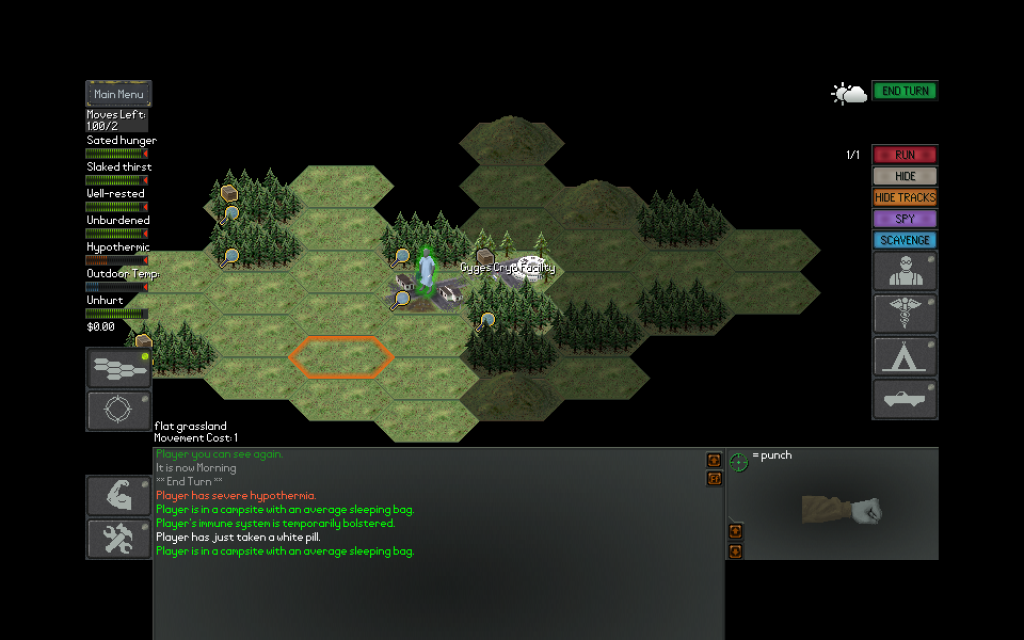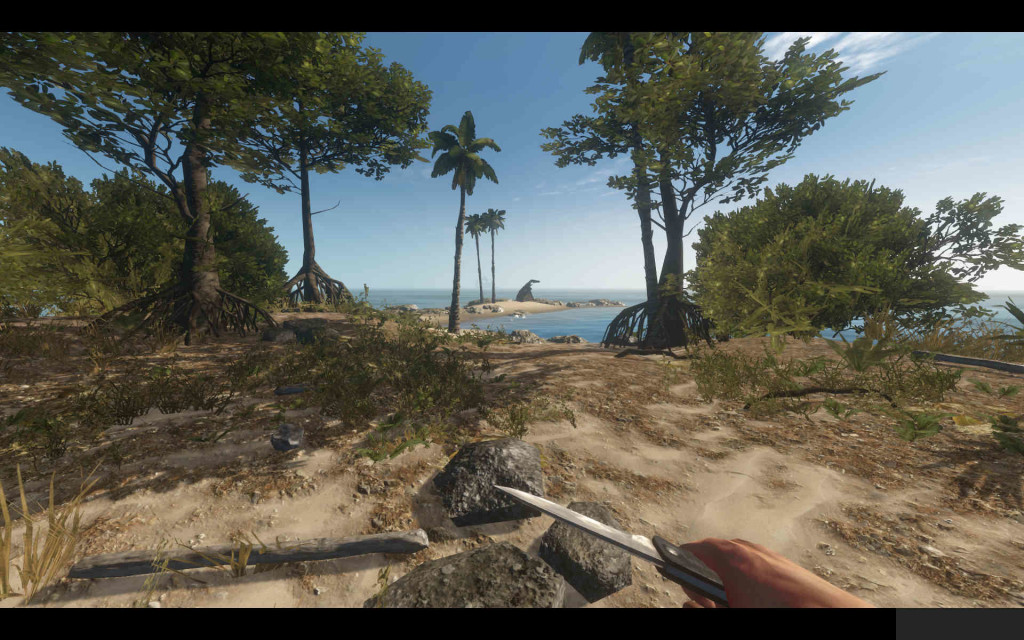From Choose Your Own Adventure novels to a horror story built with Twitter, we look at the recent evolution of interactive storytelling.
Between grade one and grade six, I spent a lot of time in my school library. I loved books and I actually understood the card catalogue and how to find and put books away using the decimal system. It was a fantastic library and I discovered two of my favourite books there: Hatchet by Gary Paulsen and Never Cry Wolf by Farley Mowat. Needless to say, I loved the idea of having an adventure of my own — an idea which eventually brought me to the Choose Your Own Adventure series. I don’t remember how many of the series we had in our little library, but it was enough that I was hooked on the series, and so were most of my friends. You didn’t just read about someone else’s adventure, you made your own decisions and often died more than a few times before making it safely through to the end.

Most millennials will remember the Choose Your Own Adventure Series
This weekend’s episode of Spark featured a guest who had created a dark, horror-themed, Choose Your Own Adventure game using Twitter. Users can navigate the different paths of the story and meet countless, grizzly ends — all while staying on the social media platform.
When host Nora Young asked the game’s creator, Terence Eden, about why he created such a gruesome tale, he said, “…I think we get kind of used to a sanitized media where everything is always happy and even if you don’t make the right choices, you might pull through some how, but this [game] is very much in the spirit of the Choose Your Own Adventure books that I played when I was a kid, which was, one wrong move and you’d be eaten by a troll…”
Eden’s Twitter Choose Your Own Adventure is extremely well-crafted, and yes, there is a way through without dying — so I’d encourage you to not only listen to the interview, but to read through the story. What struck me about Eden’s use of Twitter was how he used it to get back to the basics of storytelling. There is nothing fancy happening, just an effective narrative.
Today’s Interactive Storytelling
Eden’s project is an excellent reminder that something doesn’t have to be high-budget to be effective. Just like some (OK, most) Hollywood blockbusters are heavy on the flare but ultimately shallow, many of today’s most popular video games are off-putting to non-gamers because they seem overly complicated and offer little substance. But look a little deeper and there is a movement to rekindle some of the great storytelling and adventuring that once was the cornerstone of video games.
With the success of crowd sourcing platforms like Kickstarter for funding independent game projects, many developers have been able to craft games that would probably never have been touched by traditional publishers. Many of these games put storytelling at the forefront, either letting users craft their own story entirely in a sandbox-style environment, or by presenting the user with challenging decisions that often mean the difference between life and death. It’s the Choose Your Own Adventure story re-imagined as these games focus on planning and good decision making instead of quick fingers.
The Classic Choose Your Own Adventure: Neo Scavenger
Neo Scavenger begins like a classic Choose Your Own Adventure novel: wake up in a strange place, wearing nothing but a hospital gown and a wrist band. In this game the world is a dark and scary place and you’re all alone and your goal, should you choose to follow the path, is to figure out exactly who you are and what happened to the world. Just like the old books, death is around ever corner in Neo Scavenger; but the gripping story will have you doing just about anything to keep your character alive.
Neo Scavenger ditches just about every modern video game convention (its visuals are dated, its heavy on reading, its turn-based) but the end result is a deep and thoughtful game that plays like a post-apocalyptic novel. Once you learn how to survive, you will be searching for clues to your past.
The Interactive Story: Papers, Please
See the fledgling republic of Arstotzka through troubling times as an immigration officer at a newly opened border crossing. Forged passports and fake documents will be about the least of your worries as you juggle daily orders from your superiors, try to spot spies, and all while making sure your family can survive on your tiny wage. As you work your way through the days, Papers, Please unravels like the best kind of story, feeding you just enough information to keep you turning pages. You’ll meet all kinds of characters — good and bad — and who you let through your crossing will determine the outcome of your story.
The Sandbox Story: Stranded Deep
Modern survival games are a relatively new breed that trace their roots back to the likes of Minecraft. Despite the extreme popularity of this style of game right now, Stranded Deep is a unique example. Unlike other survival games, this one harkens back to the books I loved growing up - it doesn’t pit you against zombies or monsters - instead you’ll be battling the elements and your own hunger, stranded on an island after a plane crash with nothing but a life raft and some basic survival tools (a paddle, a lighter and a pocket knife). Despite its beautiful visuals Stranded Deep has a very dark atmosphere. During my time in the game I was constantly being watched by a single shark, and it followed me out into the ocean as I tried desperately to make my way off the island. There is little story to speak of, but it’s incredible how you’ll form your own as you simply try to survive the days. In a game with only one objective, you are literally crafting the story as you go; your character’s fate is tied to your choices. There is no going back, no restart. Just like the old novels, you’ll have to go back to the beginning and figure out where you went wrong.
What’s your take on today’s interactive stories? Do you find them enjoyable, addicting, or maybe totally boring? Share your thoughts in the comments below.





